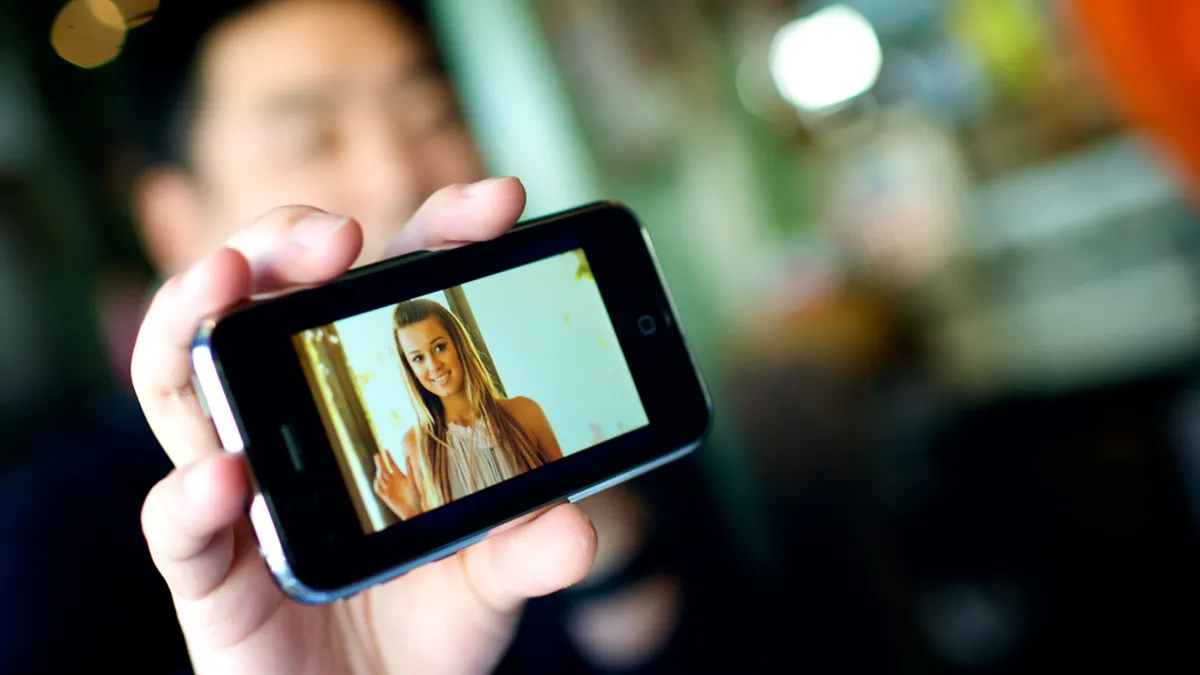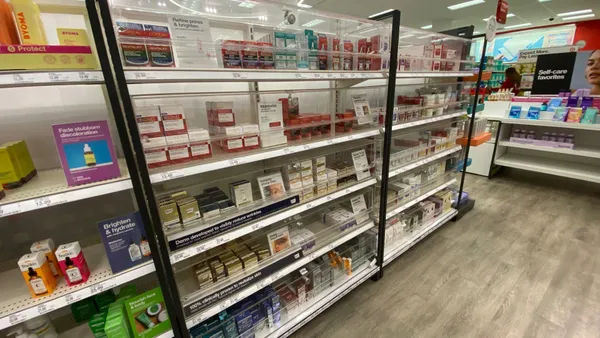Dive Brief:
-
As the retail sector ponders the future of mobile usage, it should look to India for answers, where the "next billion" new users are increasingly using different mobile capabilities than those most popular elsewhere, according to a recent Wall Street Journal story.
-
In India, mobile users are quickly coming to rely more on video and voice-driven mobile apps than on the e-mail and text-based features of apps like WhatsApp and Facebook Messenger, which currently have billions of users around the globe.
-
From June 2016 to June 2017, India's YouTube usage more than doubled, while Gmail use fell 15%, according to an App Annie study that the Journal reported. In the U.S., YouTube growth was 48% during that same stretch, and use of Gmail increased by a modest 13%.
Dive Insight:
As many of the biggest brands in the world look into potential growth in international markets, including many of the biggest names in retail and e-commerce, India has quickly become a focal point. In a study released this June, A.T. Kearney found that India is now the top developing country in the world for retail investment, especially where mobile commerce is concerned, as many of the country's citizens don't have any devices outside of their mobile phones.
As retailers and brands venture forth into India, though, the Wall Street Journal indicates that they may need to rethink their approach to mobile apps and websites, particularly with concern to how customers can interface with and drive app functions. We are already in "the age of ask," where voice activated devices are being used to drive mobile commerce, but as the next 1 billion users come to mobile, it sounds like voice-driven apps and devices will become even more commonplace, if not dominant.
Given a recent study by Fillr, which called attention to the role that autofill inaccuracies play in online and mobile cart abandonment, maybe voice-activated shopping apps are not a bad idea. That being said, the popularity of voice control is more than a little bit ironic, considering how texting has replaced verbal communication over the last decade.
As for video, the same holds true: Video-based ads, marketing and shopping capabilities are in use today, but stand to become way more common in the future, particularly in places like India.
Overall, the Journal report highlights cultural differences between highly-developed countries and still-developing countries when it comes to mobile use, pointing out that some of the most-downloaded apps in India do not even appear in the top 100 in the U.S. At a base level, retailers should understand that different shoppers in different markets have different requirements. As a result, brands must go into new markets with those differences in mind and create apps and shopping experiences that accommodate those needs. If retailers want their fair share of the next billion mobile users, that means more voice and video and less text and e-mail.












